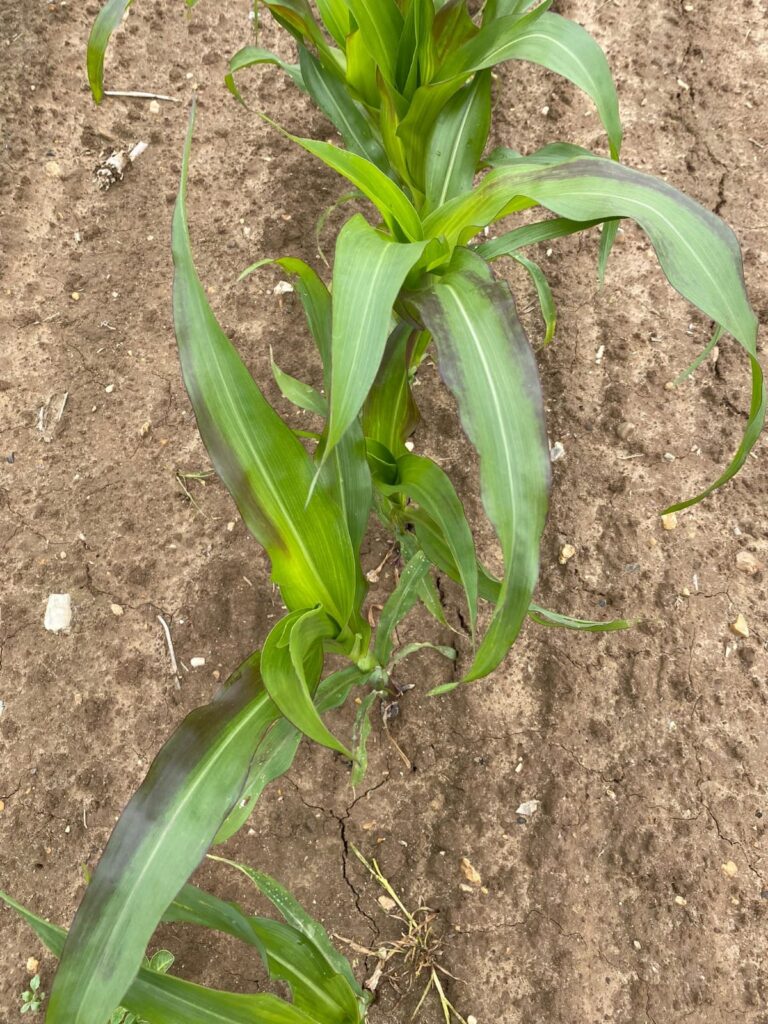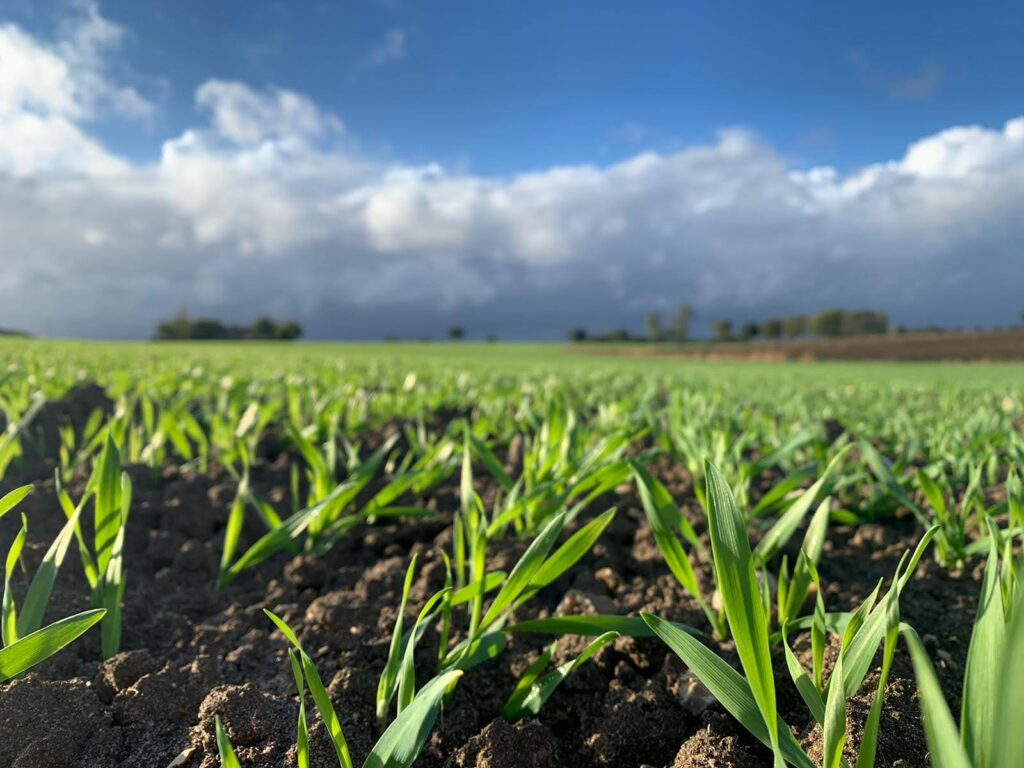What’s happening with the Maize?
article by Jon Myhill



Maize Crop 2024: A Story of Variability, Delays, and Tightening Stocks
The 2024 maize harvest is shaping up to be one of stark contrasts, with crop conditions varying significantly across the country. Delayed planting due to a wet spring, followed by unseasonal weather fluctuations, has resulted in uneven development and pushed back planned harvest timelines in many regions. This variability has significant implications for feed supplies, particularly as stocks of 2023 maize dwindle.
Varied Growing Conditions Across the Country
While some areas benefited from well-timed rainfall and moderate temperatures, others experienced prolonged wet and cold spells. This has led to a wide range of crop maturity levels, with some fields over shoulder height in early July, which look set for a normal harvest timing while others lag considerably behind. This unevenness poses challenges for farmers and contractors alike, who must navigate disparate harvest windows and manage the logistics of harvesting and clamp crops in varying dry matters and quality.
Harvest Delays and Stock Concerns
The delayed harvest timeline is raising concerns about the availability of maize for feed, especially as existing stocks from 2023 are rapidly depleting. September, typically a month of transition between old and new crop maize, will likely increase supply pressure. The shortage could be particularly acute for those who rely on early harvested maize varieties, which may be in shorter supply due to weather-related setbacks.
Planning for Shortfalls: A Proactive Approach
Given the anticipated stock tightness, biogas producers must assess their feed requirements and plan accordingly. Identifying potential shortfalls in maize supply early on allows for proactive measures, such as securing alternative forage sources or adjusting feed rations. This proactive approach can help mitigate the impact of tight maize supplies on the fermenter’s health and productivity.
Forager Feeds: Your Partner in Forage Solutions
In these challenging times, Forager Feeds is well-equipped to assist biogas producers in navigating the maize market. With a wide range of forage products and expert advice, we can help you identify suitable alternatives to maize, develop tailored feed solutions, and ensure your plant’s needs are met.
Whether you require additional forage supplies to bridge the gap during the harvest delay or seek long-term security in feedstocks, Forager Feeds is your trusted partner in forage solutions.
image to the left shows purple leaf caused by poor phosphate uptake as a result of cold soil temperatures during the early growing phase
“Maize may be increasingly marginalised by a drive to reduce reliance on purpose grown crops – however, it is still the baseline feed underpinning the market, the impact from which sends ripples through everything else. In short, if maize sneezes, the biogas industry catches a cold.“